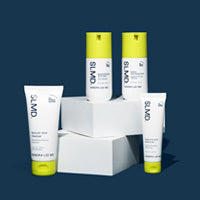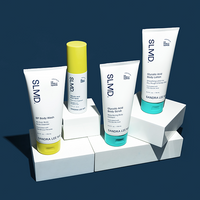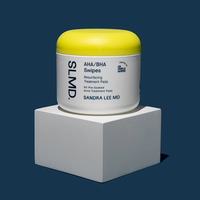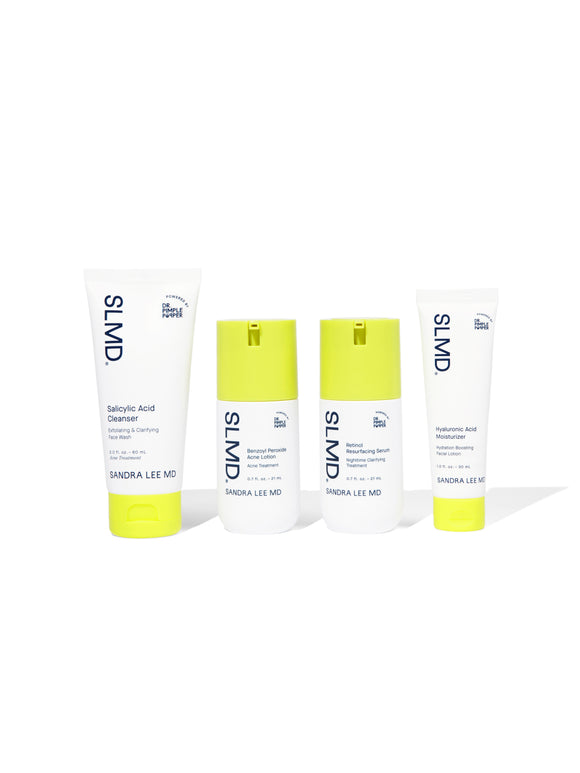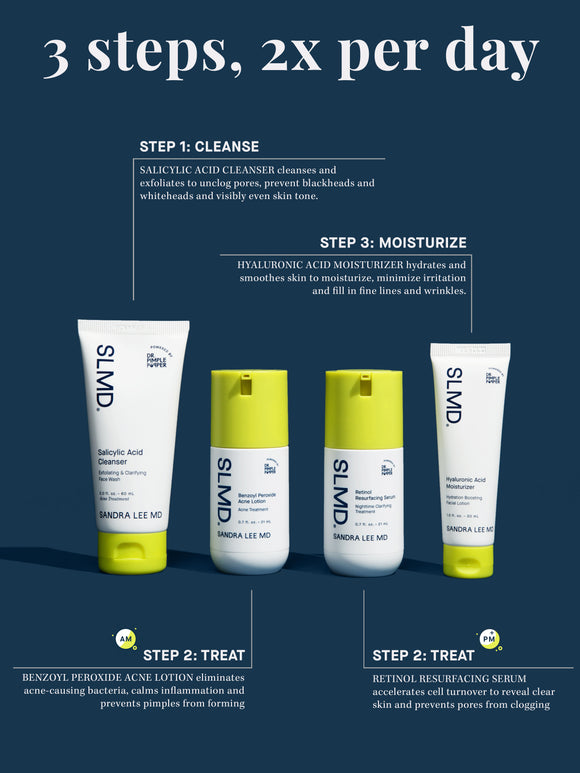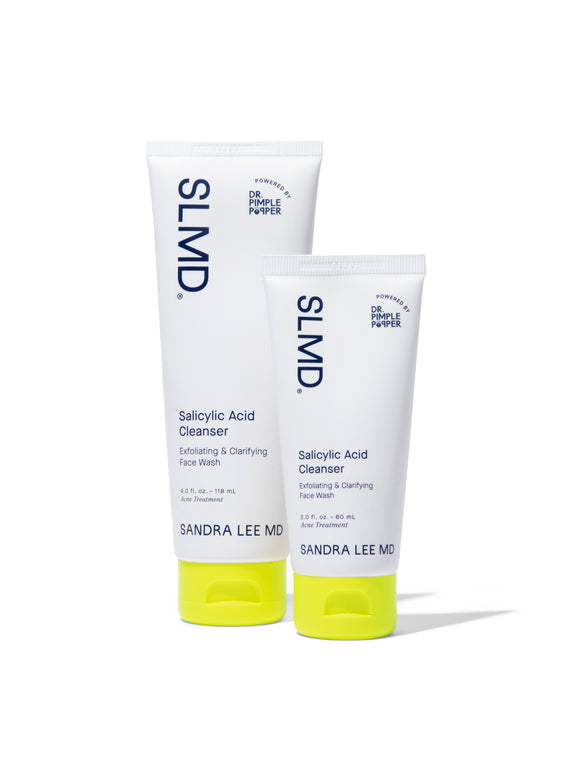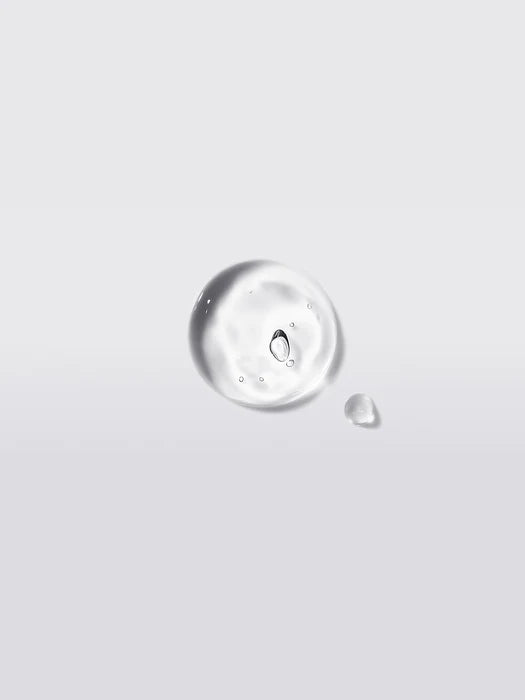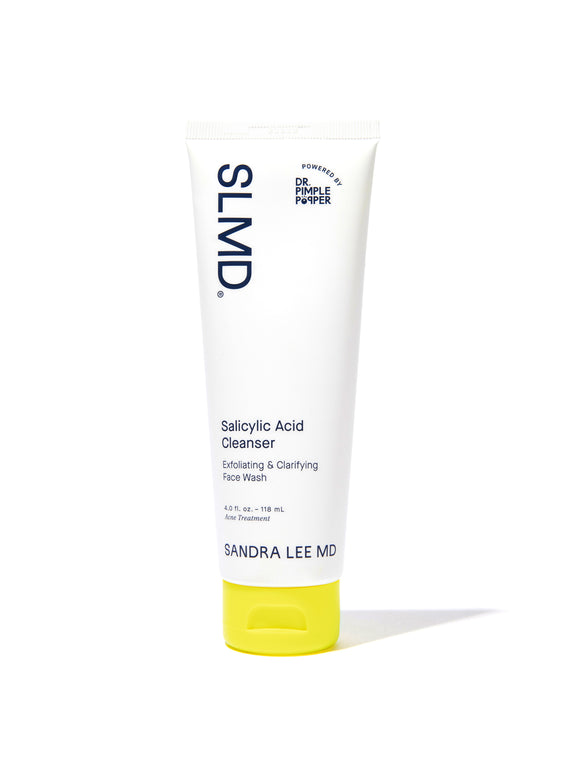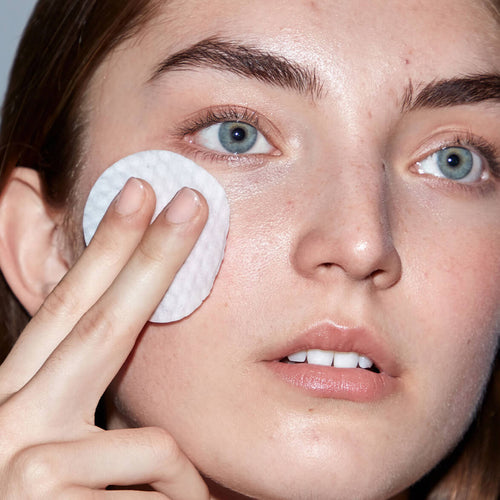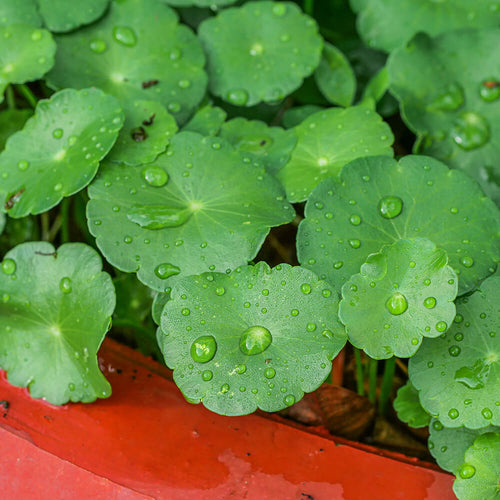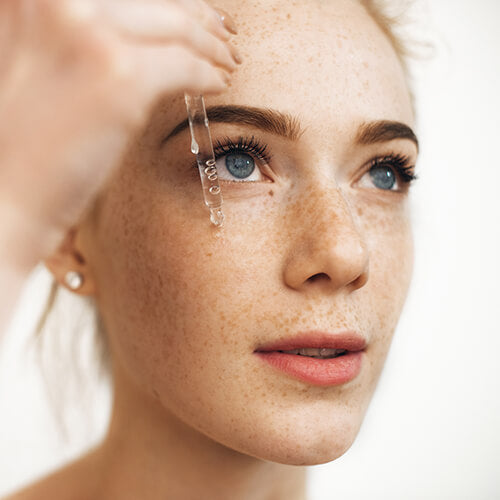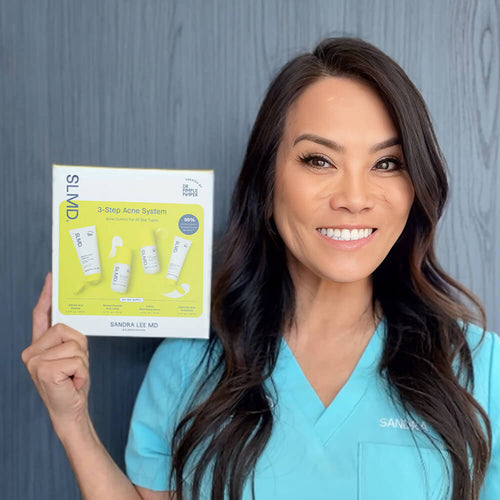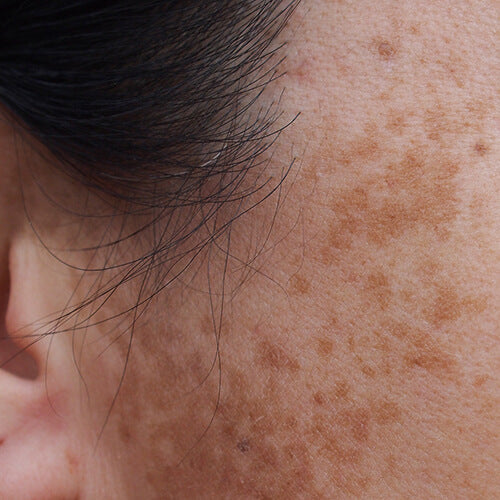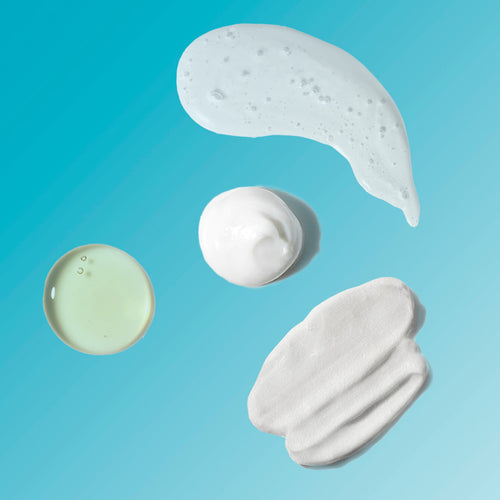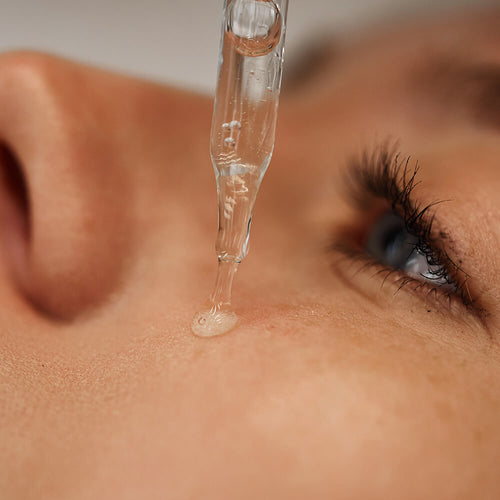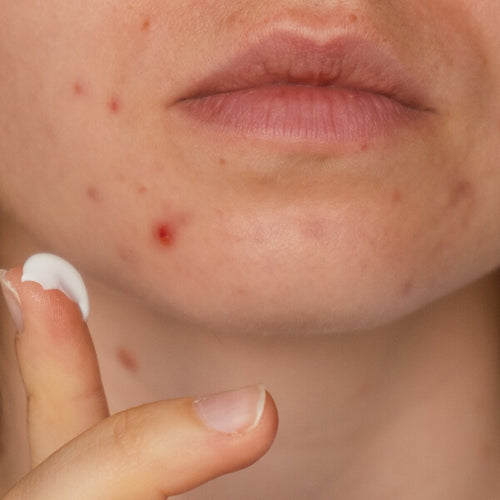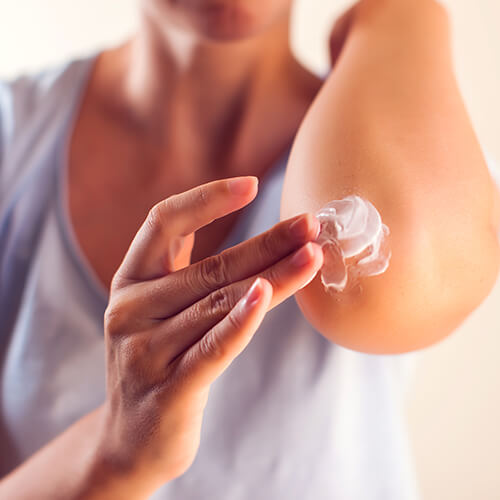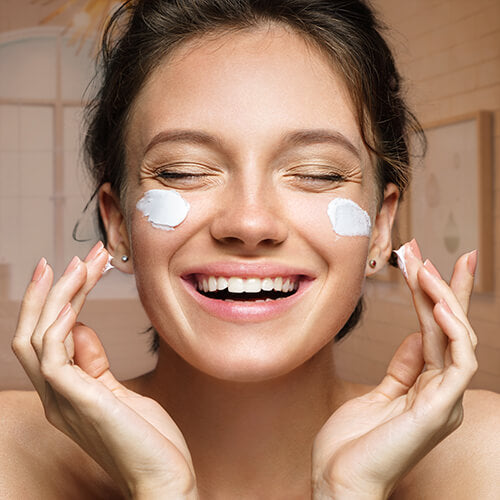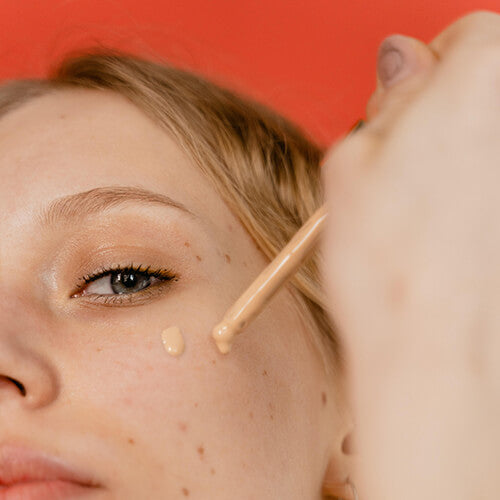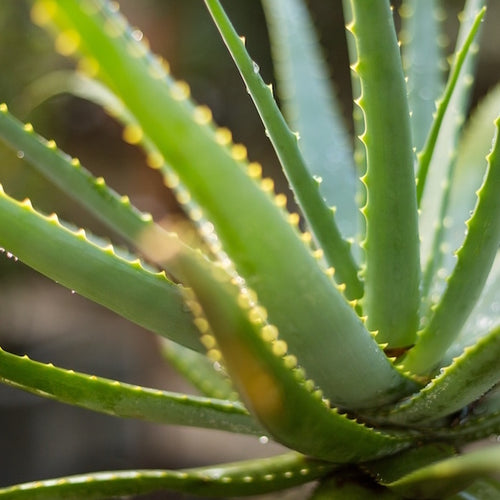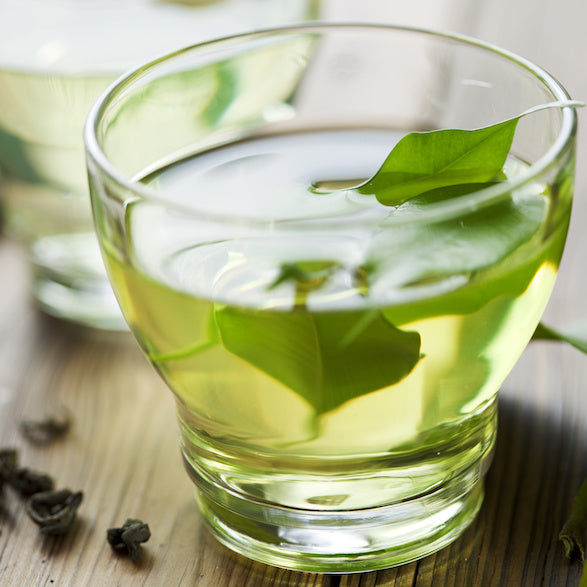
Ingredient Spotlight: Green Tea Extract
This natural ingredient has some serious benefits for just about every skin type.Published:
3 minute read
Green tea extract is not just a trendy natural skincare ingredient — it's a research-backed powerhouse packed with benefits for your skin. Rich in antioxidants (including EGCG) and boasting anti-inflammatory properties, green tea extract has something to offer for nearly every skin type and concern. Read on to learn what makes green tea a must-have in your skincare routine.
Article Quick Links
What is green tea extract?
Native to China and India, green tea extract comes from the Camellia sinensis plant, a rich source of compounds called polyphenols. These polyphenols are essentially powerhouse antioxidants that protect the plant (and our skin when applied topically) from environmental stressors. Among these polyphenols, compounds called catechins — including epigallocatechin gallate (EGCG) — are the most potent stand-outs.
Catechins are particularly adept at defending the skin against harm from free radicals. Remember that free radicals are unstable molecules that can damage the skin, contributing to aging and disease. Catechins, particularly EGCG, counteract this by "scavenging" these free radicals, neutralizing them before they can cause harm.
How does green tea benefit skin?
Many of the compounds found in green tea (especially EGCG) have been studied extensively. Its widely-shown benefits are attributed to its high concentration of catechins and other antioxidants:
- Antioxidant protection: neutralizes free radicals to shield against UV-induced DNA damage and potential skin cancer development
- Anti-inflammatory effects: calms irritated skin by modulating the immune response
- Sebum regulation: helps balance oil levels on the skin's surface, minimizing the risk of clogged pores
- Enhanced hydration: helps maintain moisture levels and overall skin condition
Dr. Pimple Popper's Green Tea Extract Picks
What skin conditions does green tea extract treat?
The potent properties of green tea extract make it an ally against various skin concerns, including:
- Acne: regulates sebum production and provides anti-inflammatory benefits, to help prevent breakouts and soothe acne-prone skin
- Aging: protecting the skin from oxidative stress helps fight the signs of aging, including fine lines, wrinkles, and sun damage (though it’s no substitute for sunscreen!)
- Rosacea: soothing anti-inflammatory properties reduce redness and inflammation, offering relief from symptoms
- Dry skin: The hydrating components of green tea extract help in maintaining skin moisture, making it beneficial for those struggling with dryness and related discomfort.
Green tea vs. green tea extract
You might be wondering: is drinking green tea as good (or better) than applying it directly to the skin — or vice versa? Green tea and green tea extract each offer unique benefits to the body, thanks to their distinct concentrations of active compounds. Understanding these can help you leverage both for optimal skin health.
Green tea
Drinking green tea not only provides a gentle caffeine boost but also immerses your body in antioxidants like EGCG. Matcha, a special powdered form of green tea, amplifies these benefits due to its whole leaf composition, resulting in a higher concentration of antioxidants than found in regular brewed green tea. Though these antioxidants are metabolized, they still contribute to overall health, including that of your skin, by combatting systemic oxidative stress.
Green tea extract
In skincare, green tea extract offers a direct, potent application of green tea's antioxidant properties. This concentrated form delivers a high dose of catechins and polyphenols to the skin's surface, providing targeted antioxidant and anti-inflammatory benefits. While it can contain caffeine, its primary value in skincare lies in its concentrated antioxidant content, providing more localized skin benefits rather than the systemic effects of drinking green tea.
DIY green tea skincare
In addition to drinking green tea and using products with green tea extract, you can also create your own homemade green tea skincare remedies:
- Eye depuffing treatment: Steep two green tea bags, let them cool, and then refrigerate for 30 minutes. Place over closed eyelids for 10-15 minutes to reduce puffiness and refresh tired eyes.
- Green tea toner: Brew a strong cup of green tea and allow it to cool. Transfer to a spray bottle or a container. After cleansing, apply the toner with a cotton pad or spray directly onto the face to soothe and reduce inflammation.
- Green tea steam facial: Add green tea leaves or bags to a bowl of boiling water. Lean over the bowl with a towel over your head to trap the steam. Steam for 5-10 minutes to enhance the absorption of tea antioxidants.

Dr. Lee's Last Word
We’ve seen from ongoing research that green tea offers a multitude of benefits for the skin, from antioxidant protection to anti-inflammatory relief for skin conditions like acne and rosacea. It’s one of those versatile ingredients Mother Nature gave us that really works.
